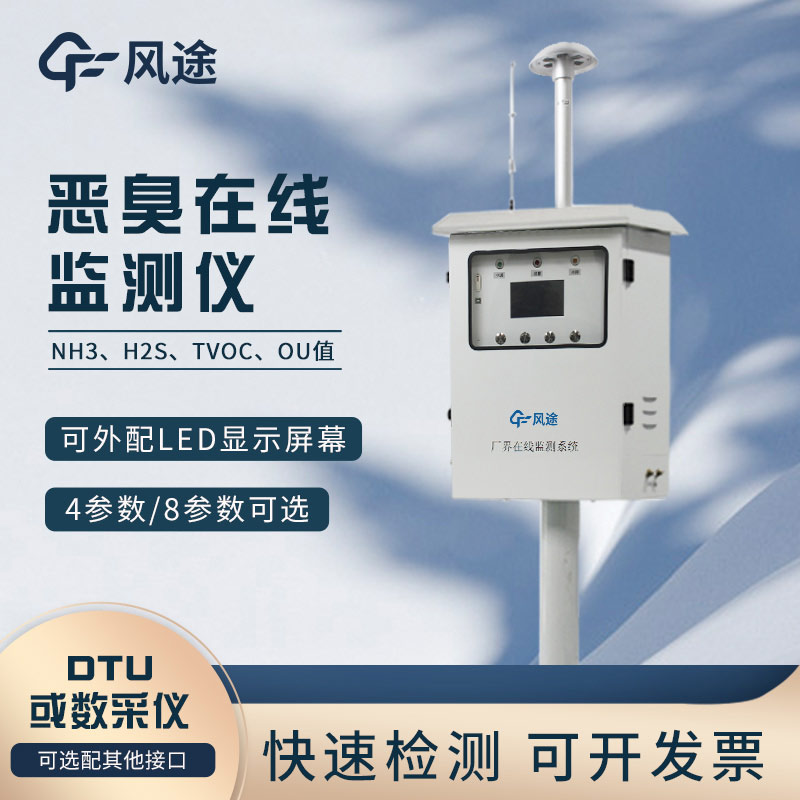Meteorological environment monitoring equipment supplier
Insist on doing high-precision customer favorite technology products
Stench/odour complaints have declined in recent years but have risen as a proportion of the total and are one of the strongest environmental complaints from the public. The petrochemical industry is the backbone of the economy, but it is also a major source of industrial pollution, and the corrosive and hazardous gases it releases are important sources of air pollution.
The petrochemical production process generates toxic and hazardous exhaust gases, which are harmful to human health, the environment and crop growth.
Petrochemical companies have a complex composition of odorous gases, in addition to the familiar carbon-containing nitrogen compounds and hydrogen sulphide, there are other parameters that cause bad smells or odours, mainly including particulate matter, sulphur-containing compounds, nitrogen-containing and carbon-containing compounds, as well as halogens and their compounds.
Equipment that integrates multiple sensors meets the need for comprehensive monitoring. Bad odours and odour problems are difficult to locate on-site and require large, continuous monitoring data to trace the source of pollution. Especially when multiple sources of pollutant gas emissions are in close proximity, it is difficult to determine which plant is emitting over the limit. Therefore, it is crucial to build an online monitoring system for malodour.
Petrochemical plants should adopt a grid and three-dimensional distribution points to monitor pollution in all directions. Three-dimensional monitoring is achieved through a variety of methods such as the roof, the ground and standing poles. Based on the monitoring data, the workshop is guided to control the production process and reduce the spread of gas. At the same time, the discovery of foreign odour impact, and communicate with the relevant plant, and jointly improve the environment.
The odour monitoring equipment can monitor the polluted area intermittently or continuously for 24 hours, and at the same time meets the pollutant control categories specified in the GB14554 standard, including odour concentration, ammonia, styrene and many other indicators. It can collect and transmit data in real time, and combined with big data analysis, it can help the government and enterprises accurately trace and implement measures to reduce the impact of malodour pollution on the environment.
